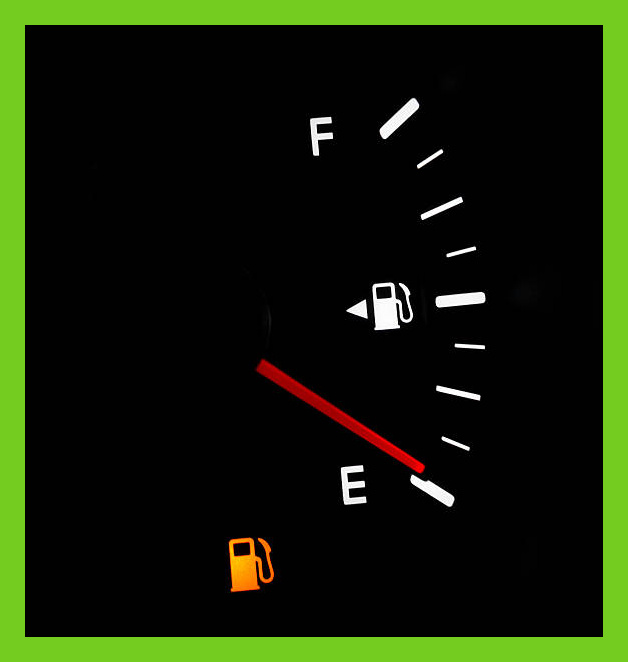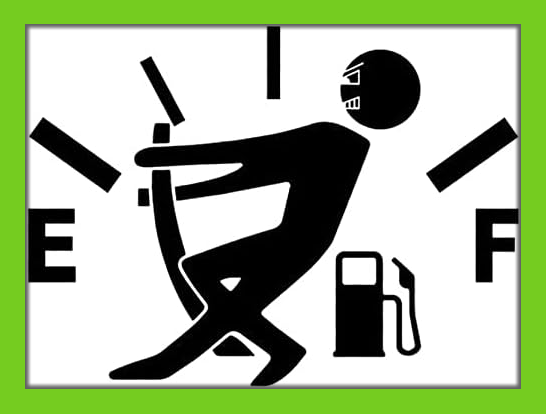How Far Can You Drive on Empty?

Taking Chances

Ever found yourself glancing nervously at the fuel gauge, only to see the dreaded empty light blinking back at you? When you drive on empty most people get that heart-sinking feeling. But before panic sets in and you start frantically searching for the nearest gas station, let’s shed some light on what that empty light indicator really means for your miles ahead.
The Empty Light Indicator: A Modern-Day Oracle
Contrary to popular belief, the empty light is not a harbinger of immediate doom. Instead, think of it as your vehicle’s way of giving you a heads-up, a gentle nudge to let you know it’s time to start looking for a fuel station. But here’s the million-dollar question: How many miles can you actually drive once that light comes on?
The Truth Behind the Tank
The distance you can cover on an empty tank varies widely between different makes and models of vehicles. On average, cars can travel about 30 to 50 miles after the fuel warning light illuminates. However, this range can fluctuate based on your car’s fuel efficiency, your driving habits, and the condition of your vehicle.
Factors That Influence Your Mileage on Empty
- Vehicle Efficiency: More fuel-efficient cars can squeeze out more miles from the last gallon of gas.
- Driving Style: Aggressive driving, with rapid acceleration and hard braking, will deplete your remaining fuel much quicker than smooth, steady driving.
- Terrain and Traffic: Driving uphill or in heavy traffic requires more fuel. If your empty light comes on under these conditions, your range will likely be on the lower end.
Knowing Your Vehicle’s Specifics
The best way to know exactly how far you can go on empty is to refer to your vehicle’s manual. Many manufacturers provide estimates for how many gallons of fuel remain in the tank once the low fuel warning light comes on. From there, you can calculate your range based on your car’s average miles per gallon (MPG).
Drive on Empty Tips
- Stay Calm and Drive Smoothly: Avoid sudden accelerations and maintain a steady speed.
- Use Your Vehicle’s Features Wisely: Turn off the air conditioning and any other non-essential electrical loads to conserve fuel.
- Plan Your Route: Opt for a route with less traffic and flatter terrain if possible.
- Know Your Limits: Familiarize yourself with your car’s average range on empty and plan fuel stops accordingly.
Be Prepared, Not Scared
While the empty light indicator should not be ignored, it’s not a signal to panic. By understanding your vehicle’s specific capabilities and adopting fuel-efficient driving habits, you can confidently navigate those last few miles to the gas station. At TNT Customs, we always advocate for proactive vehicle maintenance and planning to ensure you’re never caught off guard. So, the next time that empty light comes on, take a deep breath – you’ve got this.
